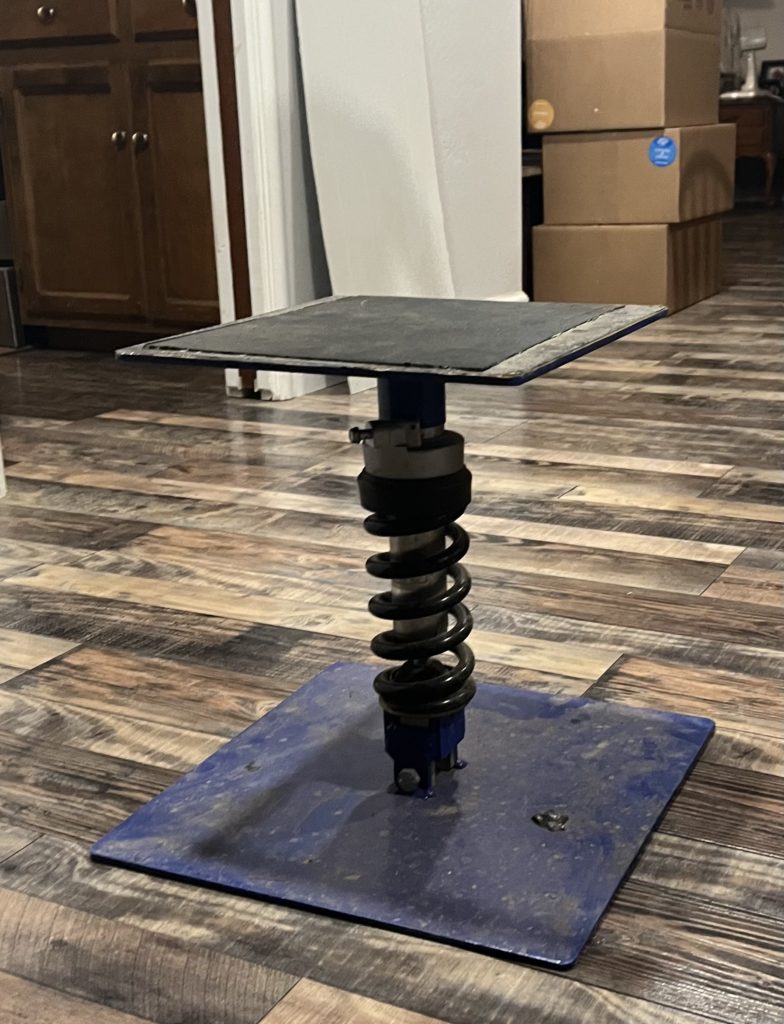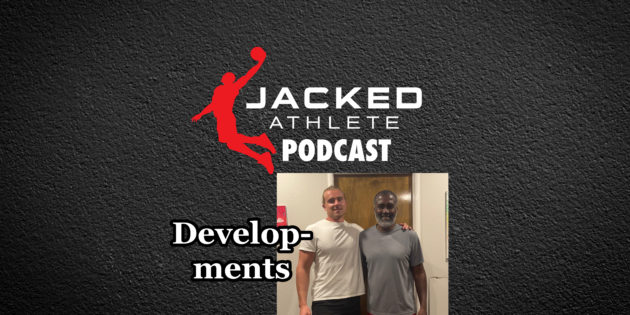
The “When”
Biomechanics: “That’s how things look to me… they really can’t say [about technique].”
“When I say technique, it’s what, how and when.”
“The what and how I can’t adjust, it is what it is. But the when, I can adjust.”
“The when, to me, is the most important part of whatever we’re doing because that sets up the next thing and the next thing and the next thing.”
Movement Patterns instead of Shapes
“Did you measure it? How do you know it’s too much energy leak?”
Figure 4: “Everybody’s gonna hit that shape… it doesn’t mean you’re running fast or you’re running slow, it just means you hit a shape.”
“We don’t understand the movement, so we rely on shapes now.”
Development
“They’re laughing at me cause I’m different, I’m laughing at you cause you’re doing the same old thing.”
“I’m gonna introduce you to this concept… what you do with that is up to you now.”
“What did I learn from this A-skip? I learned that’s not the movement pattern I’m trying to replicate, so I dump the A-skip. Done. Easy.”
“Why, after 50 years of A-skip, people are still trying to explain them?”
Bricks
“I need an input to get an output.. so the bricks give you this sensory input and based on that sensory input you get an output of this movement pattern.”
“One of the biggest movement patterns we’re trying to work on is falling and rolling.”
Toes
The big toe: “it makes a good brake.”
“Foot is strong by nature.”
Force vs. Energy
“This is why this person’s fast. Look at the energy he’s putting out per second.”
“It’s a different thing to say he put out 500 pounds of force… I did, he did, she did, they did, and I’m still not running that fast. It doesn’t explain the situation.”
“Where is the extra energy coming from? That’s the difference between a fast person and a slow person.”
“How fast is this guy storing and releasing energy? And he’s doing it at a higher rate than the slow person. Simple.”
Capacitors
“What do we move on? Recruitment and rate coding… We can recruit them all day long. The signal is what we’re dealing with now.”
“When people feel fatigued, you still have juice but you don’t have that extra juice.”
“Are we trying to put a bigger battery in this person or how to charge these capacitors faster?”
“When you train, are you training to have that extra juice (thoroughbred) or are you training to have that normal juice (plow horse)?”
“The only thing that doesn’t take extra energy is slow things… Just get a bigger battery and keep it moving.”
Up Leg-Down Leg
“If this is the highly charged leg then train it like the highly charged leg. If this isn’t the highly charged leg, don’t train it like that leg. It just doesn’t have the juice for it.”
“Two steps, one stride… I don’t need them to do the same thing. Redundant don’t make it.”
“Even though they practice going right and left, they still got one way to go.”
“If coffee is the preferred one, sure you can drink tea, but I want the coffee.”
“Be dominant at your preferred way, don’t be balanced.”
“Get dominant at what you’re good at. Forget the balanced stuff.”
“Why do I need to focus on being not how I am? We’re not balanced. We’re not symmetrical.”
Stiffness
“Everybody has a different definition of stiffness.”
“If I want to stop moving one way (rotating one direction), I need a counter-rotation that’s stronger. That’s what I see, but I don’t call it stiffness.”
“Is all movement rotation? Yes, why? Because we are levers and levers need rotation to work.”
Pitch, yaw, and roll. “I have this control of deceleration and acceleration based on these rotations and counter-rotations.”
“Sagittal/frontal/transverse plane… those are locations, that’s not movement.”
“To me, isometrics is opposing forces… if I get balanced counter-rotations, that’s an iso. Nothing’s gonna move.”
Injuries
“You lost a rotational component, you had two things rotating in the same direction, and one of them stopped rotating. But the one that’s still rotating is now gonna twist something at the joint.”
Achilles. “I think the Achilles goes bad when you lose the yaw component.”
A divot in the heel of the shoe: “So there’s another joint down there now… you lost the rotational component.”
“The calcaneus is trying to pitch and it’s trying to yaw, you got two rotational components, so you lose one of them and you got a problem.”
Carbon fiber insoles: “We want the hardness, it’s a fast response. Faster the input, faster the output. Slow input, slow output.”
Adarian on Instagram: https://www.instagram.com/movingfsst/
Adarian’s website: https://movingfsst.com/user?redirectUri=https%3A%2F%2Fmovingfsst.com%2Fview%2F%3Fv%3D3095&msg=&comebackhere=1



